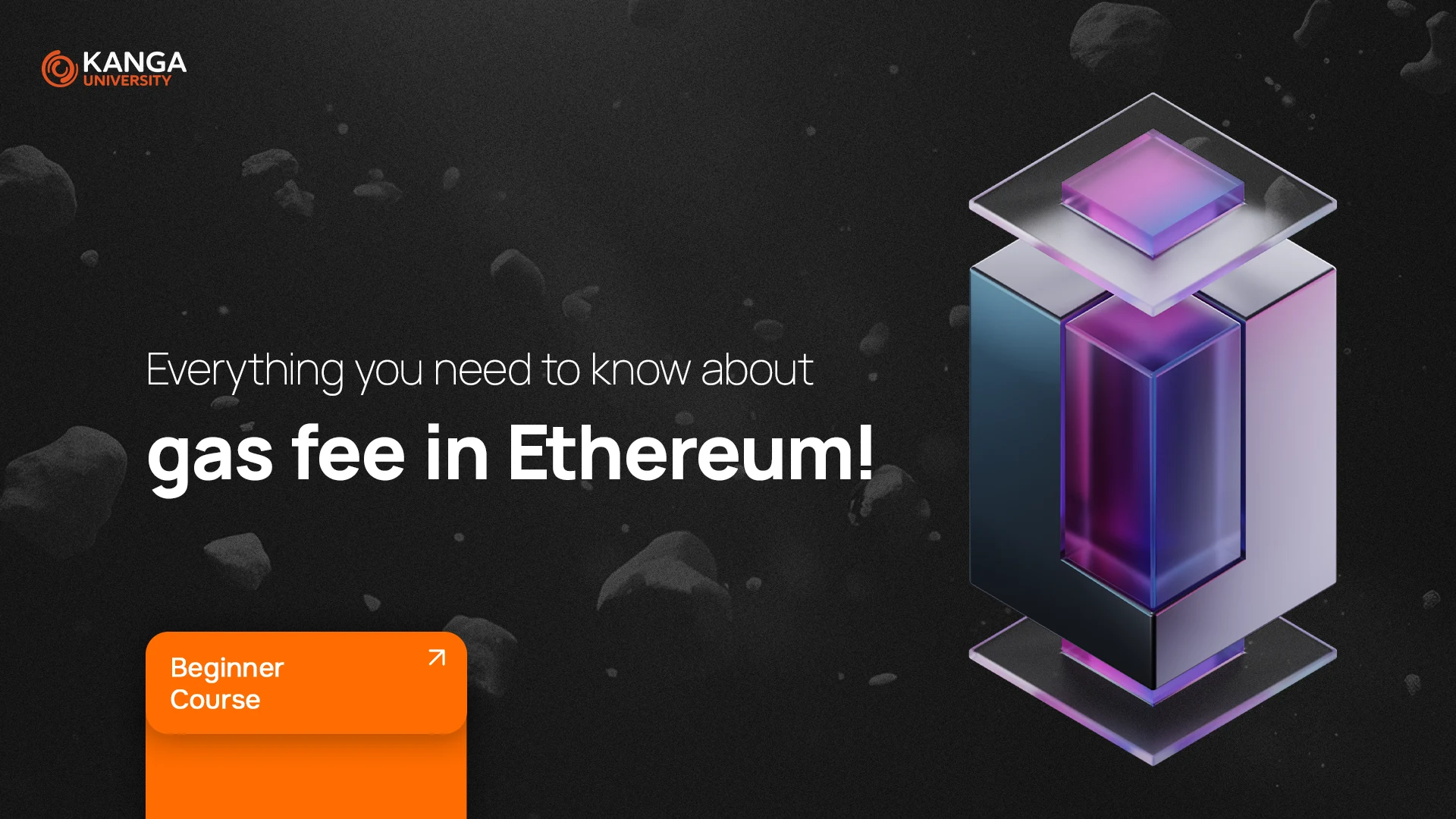
To execute a cryptocurrency transaction on most blockchain networks, it is necessary to pay a transaction fee, the amount of which depends on the specific blockchain.
For example, in the Ethereum network, this fee is called the “gas fee” (gas). As previously mentioned, the primary cryptocurrency in the Ethereum ecosystem is Ether (ETH), which is used to pay for transaction fees.
What is Gas in the Ethereum Network?
Gas in the Ethereum network serves as a payment method for computational resources. Some common cases where gas is used include:
- Sending ETH
- Minting, buying, or selling non-fungible tokens (NFTs)
- Interacting with smart contracts in Ethereum
- Developing decentralized applications (dApps)
It is important to note that each of these processes requires a different amount of gas. Generally, transactions related to sending ETH are cheaper, while more complex operations, such as creating applications, may require significantly more gas, which is an important factor for network users.
What Affects Gas Fees?
Gas fees in Ethereum can vary significantly depending on the day, time, or network congestion.
Wondering how to determine the gas fee you will pay? There are special gas fee calculators that allow you to estimate the expected costs. Interestingly, many cryptocurrency wallets for Ethereum, such as MetaMask, have built-in calculators that provide automatic fee estimates.
Additionally, you can use trackers that monitor real-time gas prices, enabling more strategic network usage – for example, making transactions when gas costs are lower.
It is crucial to remember that gas fees increase as network demand rises. A great example is the ICO boom of 2017 or the DeFi explosion in 2020, which drove fees to record highs. If you’re interested in DeFi, you can find more information here.
Another notable example is CryptoKitties. After this popular NFT project launched, the Ethereum network experienced severe congestion. While such situations can be frustrating for users, higher gas fees act as a regulatory mechanism, helping balance supply and demand within the blockchain network.
Who Receives Gas Fees?
The gas fees we pay are distributed to those who maintain and secure the Ethereum network.
- In the execution layer (Ethereum 1.0), these fees are awarded to miners.
- In the consensus layer (Ethereum 2.0), fees go to ETH stakers.
Why Are Gas Fees Denominated in Units Other Than ETH?
This is simply more practical and efficient. One ETH equals one quintillion wei, which is why gas fees in Ethereum are often quoted in GWEI (one billion GWEI equals one ETH).
Although Ethereum has multiple denominations, GWEI is the most commonly used. Both Ethereum tools and users recognize GWEI as the standard unit for gas fees. Consequently, most trackers and calculators display gas prices in GWEI.
Ethereum Layer-2 Solutions for Reducing Gas Fees
In response to rising gas fees in Ethereum, various Layer-2 solutions have emerged to lower transaction costs. Examples of Ethereum scaling solutions include:
- Arbitrum
- Polygon
- Optimism
- Skale Network
How to Accurately Determine Gas Fees in Ethereum?
Gas fees in Ethereum are not fixed. Their amount depends on two key factors:
- The number of gas units required for the transaction.
- The price per unit of gas.
The total gas fee is calculated as:
Gas Units × Gas Price = Total Gas Fee
The gas unit represents the amount of computational work needed to process a specific transaction.
For example:
- Sending ETH to someone requires 21,000 gas units (this is the base amount for such an operation).
- The price per unit of gas fluctuates dynamically based on network activity. The more transactions, the higher the gas price.
Manual Gas Fee Calculation (Without Online Tools)
Let’s assume we want to send ETH to a friend. At the time of the transaction, the gas price per unit is 100 GWEI.
Calculation:
21,000 gas units × 100 GWEI = 2,100,000 GWEI
Since 1 GWEI = 0.000000001 ETH, the transaction fee amounts to:
0.0021 ETH
To convert this amount to USD, simply multiply it by the current ETH price.
Base Fee vs. Priority Fee
- The Base Fee is a minimum gas fee determined algorithmically based on actual demand for block space in Ethereum. The funds from this fee are burned, reducing the total ETH supply.
- The Priority Fee (or tip) is an additional amount paid to miners or validators to speed up a transaction. The higher the priority fee, the faster the transaction—often within 30 seconds.
How to Reduce Gas Fees?
- Timing Strategy: Optimize your transactions by waiting for a lower network load.
- Take Advantage of Discounts: Some dApps offer gas fee refunds (e.g., Balancer provides BAL token refunds).
- Use Optimization Tools: Apps like DeFi Saver can help reduce fees.
- Leverage Layer-2 Solutions: Platforms like Polygon and Harmony help scale Ethereum while lowering gas fees.
Summary
Gas fees in Ethereum can be challenging for many users. However, they are a small inconvenience compared to the many benefits of the Ethereum blockchain.
Remember, one of the main functions of transaction fees is to protect the network from spam. High costs discourage misuse, making attacks economically unviable.
Additionally, gas fees motivate developers to create more efficient smart contracts and applications, improving network speed and scalability.
Key Takeaways
- Using the Ethereum network requires paying gas fees.
- Gas fees are strongly linked to ETH prices and network congestion.
- Real-time trackers and calculators help estimate fees.
- Layer-2 solutions aim to reduce fees within the Ethereum ecosystem.
- The Merge did not directly impact gas fees.
By understanding Ethereum gas fees, you can better optimize your transactions and minimize costs while using the network efficiently.